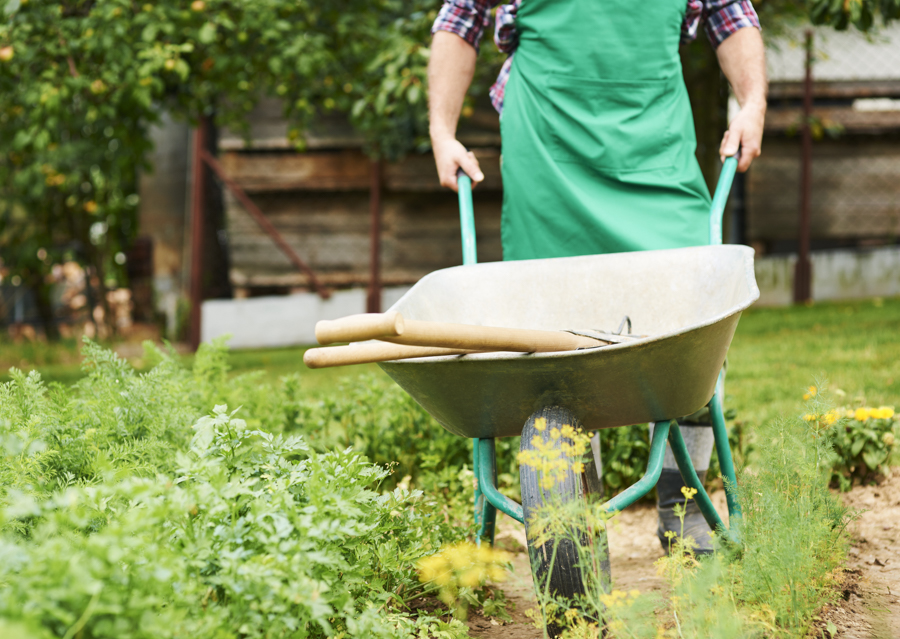July Tasks For Southern California's Inland Valleys

The hot weather that typically arrives in July can pose a challenge for gardeners in Southern California’s inland valleys, but it also bring the rewards of perfectly ripe homegrown fruits and vegetables. Here is a suggested list of July tasks:
- Monitor plants at least every other day during warm weather and every day during hot weather to catch wilting, irrigation, pest, disease, weed, and other problems early.
- Maintain or add mulch; consider adding extra mulch to a total depth of 1 1/2 to 2 1/2 inches to keep soil cool during summer heat.
- Harvest summer crops. Harvest aggressively before heat waves, including whole plants or all vegetables for any remaining cool-season crops and sensitive warm-season crops such as zucchini.
- Provide consistent soil moisture and shade during heat waves; see GardenZeus Tips for Shading Vegetables During Hot Weather for creative ideas for providing shade.
- Add nitrogen with caution in active beds and near plants as it may activate heat-generating processes in soils.
- Harvest and save seeds from spring-and-summer bolted vegetables and herbs such as arugula, basil, beets, chard, lettuce, and spinach after seed stalks are brown and dry; and from warm-season vegetables such as tomatoes, peppers and eggplant. See The GardenZeus Guide to Saving Tomato Seeds, Advanced Gardening Tip: How to Save Seeds From Summer Squash, Including Zucchini, and Saving Pumpkin Seeds: It’s Complicated for articles on saving seeds.
- Cut off expired plant stems at ground level after harvest or as plants die, leaving roots in place to feed soil.
- Plan and complete irrigation, seed-starting, transplanting, soil testing, soil amending, and garden projects for summer and fall.
To view customized growing information by for your area, go to GardenZeus and enter your zip code, then go to the particular plant.